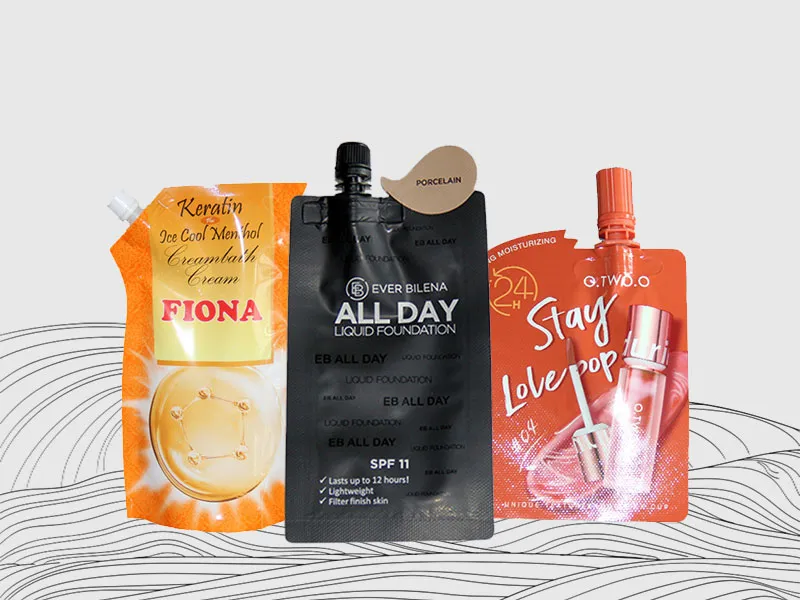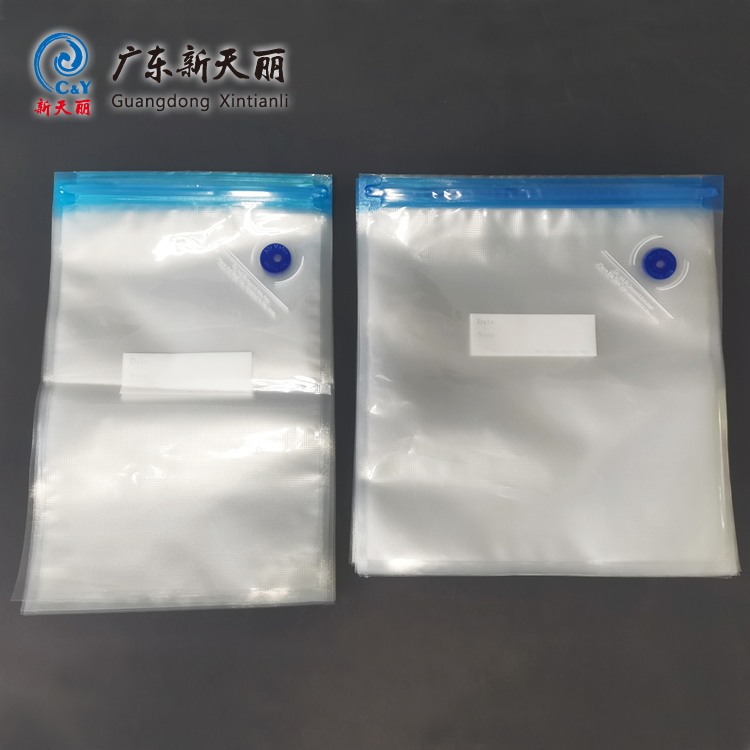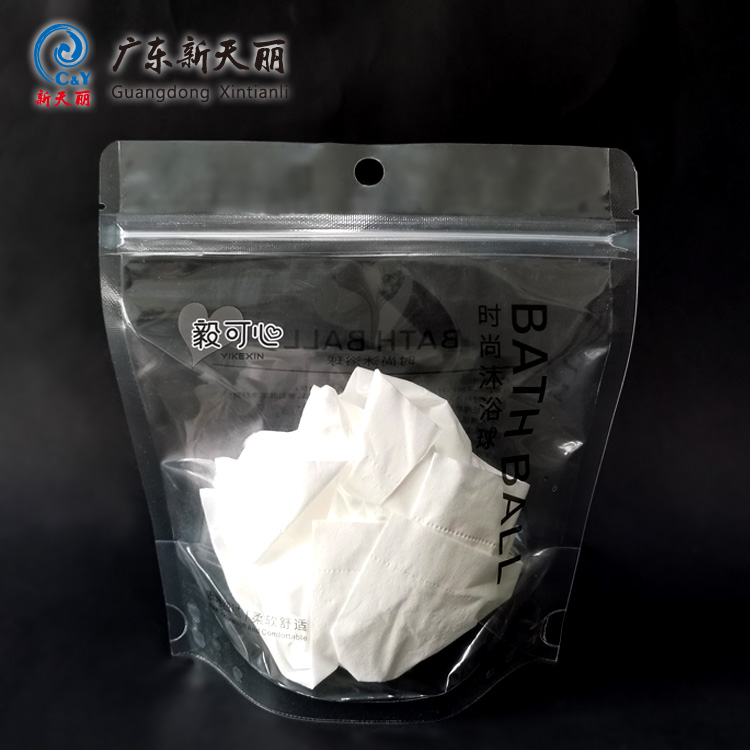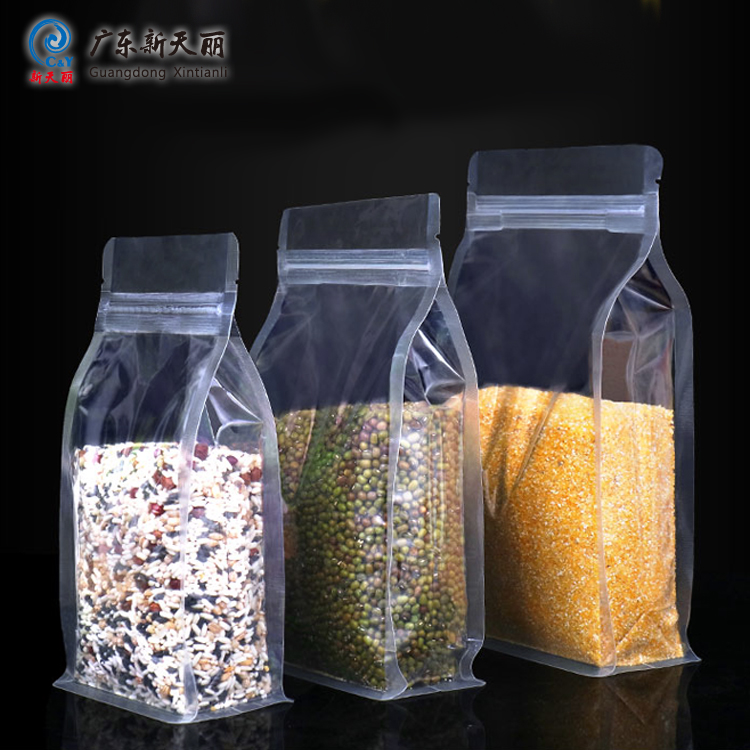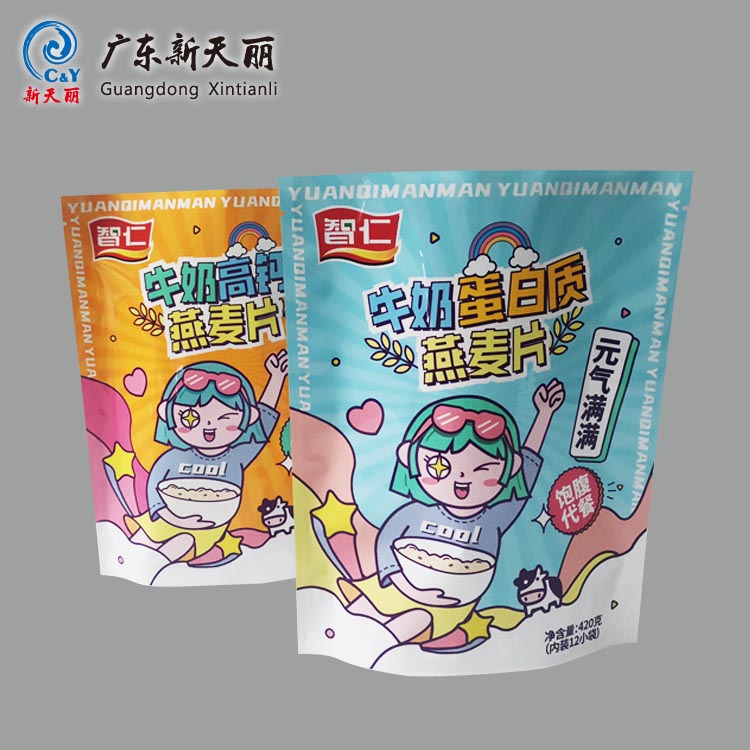
The spout pouch has revolutionized current-day packaged goods in food and beverage, as well as industrial applications. These advanced packages are a fusion of flexible materials and easy-to-dispense spouts, resulting in greater user satisfaction. For a business, knowledge around spout pouch filling processes is necessary in terms of product quality, safety, and operational efficiency. This article highlights some important methods and considerations when it comes to properly filling spout pouches.
Key Filling Methods
Aseptic Filling Technology
Aseptic filling is the gold standard for spout pouch packaging, especially for products that need an extended shelf life without refrigeration. This complex process includes several carefully executed steps: cleaning of pouch surfaces, putting the spout in a sterilized area with thin sterilant gas, pulling the plug momentarily to fill the pouch, and resealing before leaving sterile surroundings.
This method ensures complete sterility throughout the spout pouch filling process while also preventing microbial contamination and delivering superior product quality. This is especially useful for dairy, juices, and other products sensitive to microbial contamination because aseptic filling eliminates the need for preservatives while allowing the product to achieve greater shelf life.
Non-invasive Filling Techniques
Advanced non-invasive methods address challenges with spout pouch designs featuring anti-leakage systems. Unlike traditional approaches that physically insert nozzles through valves, these techniques position filling nozzles externally while utilizing product flow pressure to temporarily open valve mechanisms during filling.
The use of a non-invasive filling process provides numerous advantages in spout pouch operations. First, there is no potential for caps or valves to be damaged by a physical insertion of filling nozzle through the valve; second, it increases hygiene standards by eliminating additional points of potential contamination; third, it provides greater filling reliability, which in turn, optimizes downtime.
Critical Filling Considerations
Optimal Fill Levels
Determining appropriate fill levels is essential for spout pouch performance and safety. The concept of “headspace” – the empty volume at the container’s top – remains crucial in flexible packaging. Generally, 5-10% headspace is recommended to accommodate product expansion during processing or temperature variations.
For spout pouch applications, this typically translates to 90-95% fill rates. Exceeding these levels can compromise seal integrity, cause bursting during thermal processing, or deform packages. Insufficient filling creates excessive oxygen headspace, potentially causing oxidation and product degradation.
Air Removal Strategies
Effective air removal preserves spout pouch quality and extends shelf life. Residual oxygen accelerates product degradation through oxidation, particularly in sensitive foods. Key techniques include:
- Vacuum sealing: Removing air immediately before sealing
- Gas flushing: Displacing oxygen with inert gases like nitrogen
- Product displacement: Designing systems to minimize air entrapment
Implementing these strategies significantly enhances spout pouch protective functions, preserving product quality throughout intended shelf life.
Post-Filling Quality Assurance
Sealing and Inspection
Proper sealing completes the spout pouch filling process. Sealing methods must be compatible with both pouch materials and product characteristics. Key parameters including temperature, pressure, and dwell time require precise control to ensure consistent seal quality.
Essential quality tests for spout pouch packaging include:
- Visual inspection: analyzing seals, spout attachment, and overall appearance
- Drop testing: testing durability in conditions that mimic handling
- Pressure testing: testing for leakage or burst points
- Heat resistance testing: assessing performance under temperature variability
Operational Benefits
Optimized spout pouch filling processes deliver significant business advantages:
- Improved product safety: When fill-to-seal techniques are part of your production process, it’s far less likely to be exposed to contamination.
- Increased shelf life: Air removal techniques can preserve product quality.
- Lower giveaway: Accurate filling can enhance stock control and make potential product giveaway less likely.
- Increased throughput: Streamlined filling processes can help boost your unit’s efficiency.
- Brand protection: Providing a consistent quality product is key to retaining consumer trust.
Stanley Package: Leading Spout Pouch Manufacturer
Stanley-Paket is a premier provider of custom flexible packaging solutions, with more than twenty years of experience. Established in 1998, our company is a global manufacturer of high-quality spout pouch designs for various industries.
Our facility encompasses over 150k square feet of manufacturing area and employs the latest in flexible package manufacturing technology, which is also environmentally responsible with RTO systems.
We utilize technical expertise for practical design aesthetics with a full-service spout pouch approach that is customized to meet client’s specific filling, sealing, and durability specifications for business-to-business applications worldwide.
